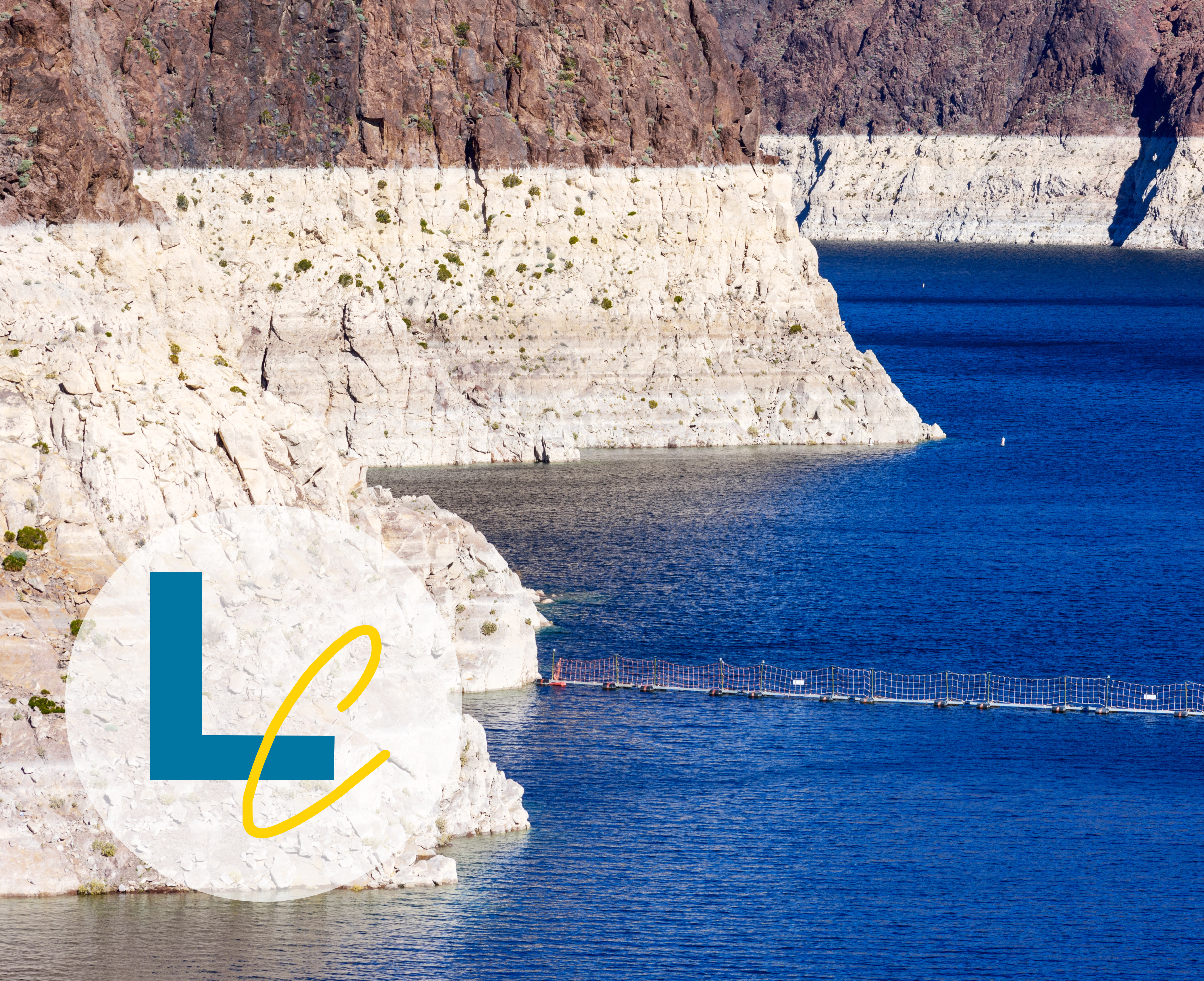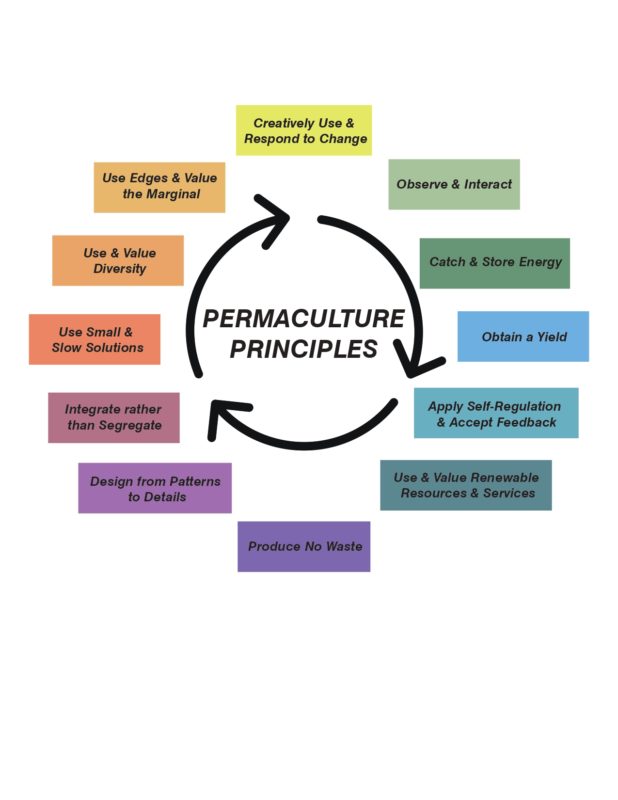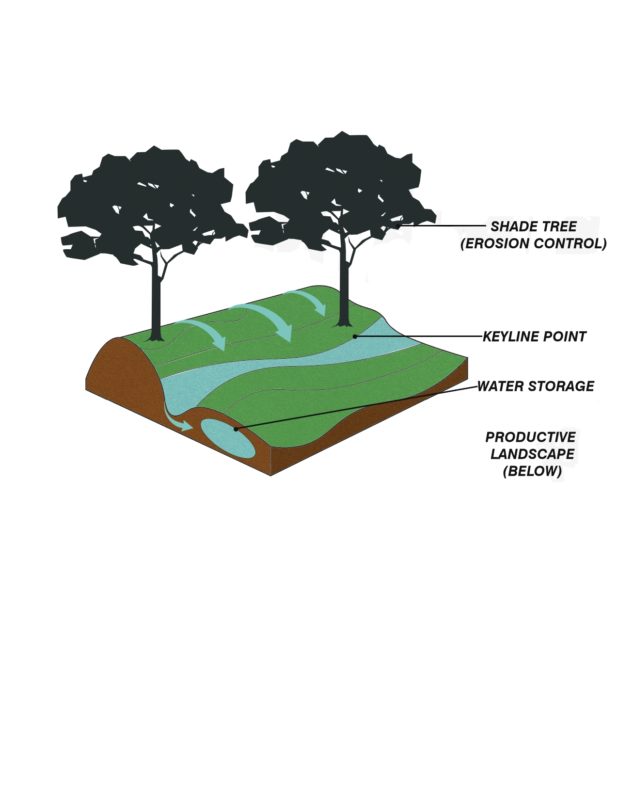
Flood Mitigation: When Landscape Architecture Meets Permaculture
Outside of the occasional earthquake and annual wildfires, California residents often have the luxury of merely reading about natural disasters rather than experiencing them. This year, however, Californians across the state were introduced to heavy rainfall which led to a stream of atmospheric rivers. After a decade of drought and uncontrolled wildfires, the unprecedented consequences to the landscape became swiftly evident. According to the National Weather Service, when rain falls over a burn scar, the ground is incapable of absorbing the moisture. This results in concentrated water running across the surface, eroding along its route, and eventually accumulating at the lowest point, which can have incredibly damaging effects to the natural landscape, public infrastructure, and homes. The Central Valley, an agricultural hub in a particularly low elevation, is particularly susceptible to damage from flooding and atmospheric rivers. Luckily, there is a solution to the Central Valley’s stormwater related issues, and it lies in the study and implementation of Permaculture within the principles of landscape architecture.

The Central Valley, was hit particularly hard by this year’s unprecedented rain events, is arguably one of the most important areas of farmland in the United States and across the globe. It is nestled between the High Sierras and the Western Coastal range of California. It is home to 800,000 citizens, with a large portion of the population classified as low-income, working class, people of color. Though flooding can be damaging to people of all backgrounds and social classes, it can be especially detrimental to the livelihood of this specific demographic. The principles of Permaculture, focus on ethically designing and maintaining sustainable agricultural ecosystems, and have the potential to prevent future flooding damage for this particular region and demographic.
Outside of fertile soils and a plethora of sunshine, the Central Valley lacks rainfall during peak farming periods. Farmers in the 1800s learned to work around this by extracting water from the topsoil layer of the earth. Although, the aquifers, also referred to as groundwater, were quickly being drained faster than they could be replenished. Foundational to present day farming practices, the “Central Valley Project” took place in the 1930s. Christopher Flavell in The Daily, a New York Times podcast, describes the project as, “A series of dams that would catch runoff from Sierra Nevadas. The water from the dams could be routed as irrigation to the empire of farms in the Central Valley”. The implementation of this project better equipped farmers to preserve and maintain their newfound agricultural wealth. In relation to the Sierra Nevada Mountains, which reach elevations of approximately 14,500 feet, the Central Valley averages below 200 feet in elevation, Classifying it as a floodplain. If the dams and levees built during the Central Valley Project were to ever break or overflow, a catastrophic amount of water would be funneled directly towards, and accumulate in, Central Valley communities.
Though natural disasters are inevitable, the breadth of their impact does not have to be. Landscape architects possess both the tools and the platform to better prepare our local communities for the unexpected and inevitable. Similarly, principles found in Permaculture provide a structure for how to design ethically in relation to the natural landscape. Permaculture is the development of self-sufficient and sustainable agricultural ecosystems. It is the process of thinking systematically by combining the teachings found in Native Science (also referred to as Traditional Ecological Knowledge), biology, agriculture, agroforestry, botany, earthworks, horticulture and so much more. By making use of its principles, Landscape Architects and farmers can refill the long-depleted aquifers through harvesting excess stormwater runoff, eventually limiting reliance on old dam and levee infrastructure.


Allowing water to infiltrate into our landscapes has several positive impacts. Jessi Bloom recommends a list of how to prioritize rainwater management in her book Practical Permaculture. The order which she describes is to first, slow down the water, then, spread it across the landscape surface area, and finally sink the water into the soil to store for later. A common way landscape architects accomplish this is through the design and construction of bioswales. Swales are a way to catch and store energy through small and slow solutions. To properly design a swale, one must locate the key point on a slope. This point indicates the soil above it as poor and the soil beneath it to be more nutrient-dense. Swales are designed to be dug through the key point, on the contour line of a slope. To assist the land above the keyline from eroding, planting shade cover plants is a great solution. Beneath the keyline is an appropriate place to plant the bulk of your productive landscape. Finally, the flat land at the bottom of the slope is the most ideal location to place annual agriculture.
Though the intense storms at the beginning of the year took many Californians by surprise, there are inevitably more to come. The Central Valley lies within a floodplain and is surrounded by dams pointing in its direction. Landscape architects who incorporate permaculture based principles into their practices have influence and tools that can creatively prepare for and respond to change. They have the knowledge to impart a naturally based framework to catch and store energy, assist with climate adaptation, reduce the severity of floods, increase groundwater recharge, and invite new habitat, wildlife, and biodiversity to flourish.
References
- The California Floods – The Daily (New York Times) Podcast
- Reporter: Christopher Flavelle (reporter for the NYTs)
- In the wake of recent storms, California is facing questions about whether its approach to handling crippling storms is suited to 21st-century climate threats.
- Tavernise, S., Johnson, M. S., Ploeg, L. V., Harper, S., Cowett, P., Diao, L., Powell, D., & Wood, C. (2023, January 12). The California floods. The New York Times. Retrieved January 15, 2023, from https://www.nytimes.com/2023/01/12/podcasts/the-daily/california-storms-flooding-rain.html
- Too Much Water for California – vox.com/todayexplained (Today, Explained) podcast
- Hosted by: Sean Rameswaram
- The next big California storm could destroy Stockton | Grist
- https://www.weather.gov/safety/flood-states-ca
- https://www.weather.gov/safety/flood-hazards
- California faces catastrophic flood dangers – and a need to invest billions in protections – Los Angeles Times (Climate & Environment) -Ian James. January 18, 2023, Accessed Feb 8, 2023. https://www.latimes.com/environment/story/2023-01-18/california-faces-monumental-dangers-in-future-floods
- Central Valley Flood Protection Plan, https://water.ca.gov/Programs/Flood-Management/Flood-Planning-and-Studies/Central-Valley-Flood-Protection-Plan
- Reducing Flood Risk in the Central Valley, https://www.ppic.org/blog/reducing-flood-risk-in-the-central-valley/
- Practical Permaculture: for Home Landscapes, Your Community, and the Whole World – Jessi Bloom & Dave Boehnlein
- Central Valley Flood Protection Board, http://cvfpb.ca.gov/about-us/board/
About the Author

Jasmine Saing is a Landscape Designer at O’Dell Engineering. She holds a BS in Interior Design with a Minor in Environmental Sustainability from Northern Arizona University and is Certified in Permaculture Design. She is exceptionally passionate about designing sustainable environments that utilize the philosophies of permaculture to create more resilient spaces.
Learn More
For previous Land Connections articles, click here.
For information on joining the O’Dell Engineering team, click here.
To see our landscape architecture project experience, click here.
Go Back